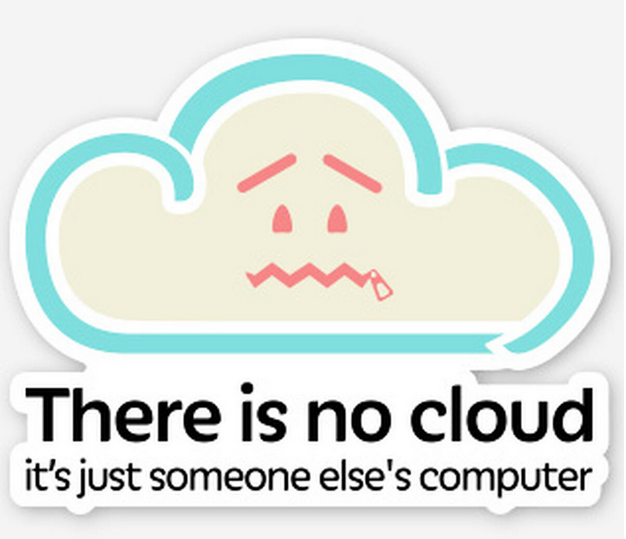This website uses cookies so that we can provide you with the best user experience possible. Cookie information is stored in your browser and performs functions such as recognising you when you return to our website and helping our team to understand which sections of the website you find most interesting and useful.

Will Edge Computing replace the Cloud?
No.
But if you are looking for a longer answer…
A long time ago every enterprise had a data center, two or even more if they were big enough. Small companies had to rely mostly on shared hosting and similar services. Everyone had their own silo, their own problems and everyone lived happily in their green garden. But then came the new times – extensive data gathering and usage required more and more storage and processing power, more global business required centralized global solutions for data processing and dynamic needs required more dynamic virtual and horizontal scaling. In came the Cloud – why would you live in a garden, if you could live in a cloud. Or even better yet – have a beautiful cloud and from time to time visit your garden summer house for old, boring, sometimes even legacy needs. And just when the world settled on the cloud – right around the corner came 5G and Edge Computing. Allowing everyone to be truly connected and to leverage the data on the next level. From the outside it may look that enterprises made a big 360 degree turn and came back to where they started from – to their walled green garden.
What is Edge computing?
Our data consumption is growing exponentially – according to Cisco 2021 forecasts, global internet traffic has grown 3.2 times since 2016 from 71.3 Exabytes per month to 235.7 Exabytes per month (it is estimated that all the words humans have ever spoken would take up around 5 Exabytes). Looking back even further, since 2005, global traffic has increased 135 times. And all of this big data is a problem being created (by enabling a platform to handle huge data) and resolved by cloud solutions. If everything is so good – why would someone push for edge computing, something that on a surface looks like a big step back?
Edge computing is computing located at the edge of the network, along with the hardware. Opting towards Edge computing often comes from various considerations:
- Time sensitivity where the rate of decisions made can’t allow any lag (i.e. autopilot in a car)
- Data volume when the amount of data is too much to be sent unaltered to the cloud (i.e. real-time GPS data for a tractor in a field)
- Availability devices that need to operate even if there is lost connection to the cloud (back to the autopilot in the car) or devices that need to fully deliver all data when connection is restored (i.e. factory line quality control measurements)
Most visible benefits of edge computing are savings in costs (lower connectivity costs, lower storage costs, lower computing costs), extremely flexible data management, security and reliability.
Edge and the cloud
Outputs generated from devices using Edge computing in most cases are stored and processed further in the cloud. Same for data that does not have time, data and availability impacts – critical data can be processed on the edge, while less important information can be sent to cloud warehouses, lakes or other processing. Great example is Tesla’s neural network. It learns from more complicated and diverse situations (meaning the car needs to distinguish if it’s boring driving or a near-fatal situation) from more than 1 million cars all around the world. A full build of Autopilot neural networks involves 48 networks that take 70,000 GPU hours to train – way too much to do it locally.
Edge computing should be considered as a great addition to cloud solutions instead of considering it to be a replacement. It allows enterprises to utilize the tools much better to gain the business edge.
“So why is this even a debate?” you might ask
IoT devices are not alone. Most often the IoT devices are connected with cloud or on-premise solutions (i.e. monitoring, CRM, logistics systems) using an IoT platform that handles all the data. Or individual devices are connected to a field edge aggregator (a gateway that gathers information from many similar sensors and feeds already processed data to the IoT platform). At the end of the day a CTO may decide if the enterprise is already doing edge computing on most of the IoT sensors and data are already gathered and processed when they arrive at the IoT platform, why not to set-up couple of servers to simply finalize the calculations, store the data and fully handle all ins and outs, slowly returning to mostly on-prem hosted solution.
At Summit Enterprises we consider the best approach would be a hybrid model using the top-of-the-market IoT platform allowing you to manage, store and process your data using the best tools for the job:
- Edge computing for mission critical data gathering and processing
- Cloud for further processing, storage and connectivity to rest of your IT stack
Edge computing will not replace cloud, but it will make many people scratch their heads while trying to figure out how to handle both seemingly different approaches.

